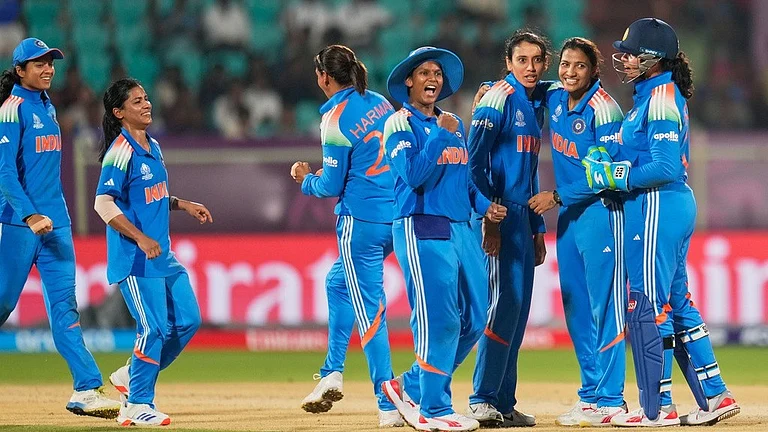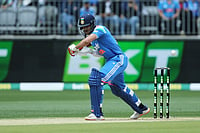On the other hand, this family has been singularly unlucky. Nargis was struck down by cancer at the early age of 52. Daughter-in-law Richa Sharma was a victim of brain tumour before she reached the age of 40. As for son Sanjay, he has staggered from one crisis to another all his adult life. First it was drug addiction, and then criminal charges of aiding and abetting terrorism.
These are still troubled times for him and I won’t be surprised if this book is intended to remind us, rightly, of the services rendered to the country by his distinguished parents. After their film careers were over, Nargis got involved in the care of spastic children, Sunil organised troupes to entertain our jawans on the frontlines and led a peace march from Bombay to the Golden Temple in atonement for the attacks on the Sikhs.
Nargis had two names when she was born. Her Muslim mother called her Fatima while her Hindu father named her Tejeshwari. She was given that lovely screen name by Mehboob Khan when he cast her in the lead role in the film Taqdeer. Balraj Dutt became Sunil Dutt when he joined films because there was already Balraj Sahni.
If you are looking for details of Nargis’s relationship with Raj Kapoor, you will have to look elsewhere. This book is not about Nargis, it is about Nargis Dutt. It starts where the other story ended. She was already a famous star when she met Sunil during the outdoor shooting of Mother India. A scene that required burning of haystacks went horribly wrong. Sunil risked his life to rescue Nargis from the flames. He got badly burnt and she nursed him back to health. And they fell in love and married. Yes, it does sound like a Bollywood script, but it’s true.
The authors have unnecessarily fiddled with some dates to suggest that the couple were of the same age. In reality, Nargis was more than a year older than her husband. And Sunil was not a newcomer when he got his big break in Mother India. He had already acted in six films and at least one of them was rather good, B.R. Chopra’s Ek Hi Raasta.
Nargis was a sone ki chidiya for her extended family, and her marriage did not go down well with those dependent on her. She left everything behind and moved with him to a small one-bedroom flat that they shared with his mother, sister and her children.
I met Sunil Dutt for the first time in New York in 1980 through a friend, Dr Ted Beattie, who was treating Nargis at the Sloan-Kettering Cancer Center. The man lived by the bedside of the dying Nargis in the hospital for nine months and would only retreat at night. The last time I saw Sunil was also in New York, again in unhappy circumstances. He had returned to put his son in a rehabilitation centre where he finally got rid of his drug dependency.
My acquaintance with Nargis was far more peripheral. My student hostel was around the corner from Chateau Marine, her residence on Marine Drive. As a teenager, I was totally smitten by her and often caught glimpses of her sitting in the drawing room of her ground floor flat. For some reason, they always kept the front door wide open.
There were actresses of her time who were prettier than her, Madhubala and Meena Kumari, for instance, but Nargis had an elegance and sophistication unmatched in the film industry. She reminded you of Devika Rani of an earlier era. Try catching Andaaz or Awara on DVD and you will see what I mean.
They married under Arya Samaj rites. She participated in Hindu ceremonies and was a follower of Swami Muktananda. But when she died, her husband respected the Islamic faith she was brought up in, and gave her a burial. He was an amazing man. Mr and Mrs Dutt is one of those rare Bollywood biographies worth reading.






















